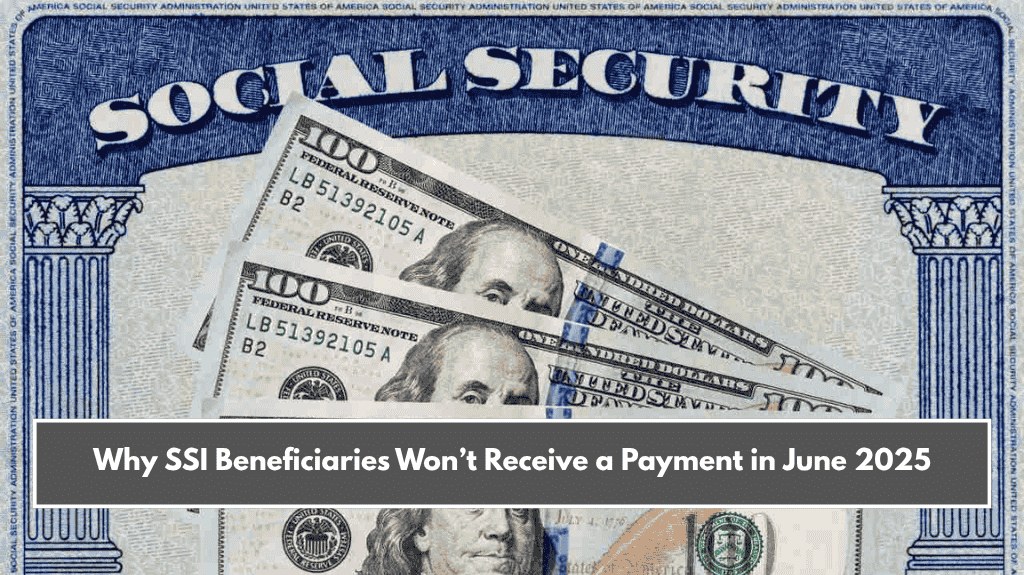SURPRISING perks for Social Security recipients have been revealed as the benefits system undergoes a major overhaul.
The availability of unexpected supplemental benefits has increased over time, and users can now obtain items such as golf equipment and pet food.
Fox Business reports on the unique benefits that some Medicare Advantage plans are now providing to enrollees.
Medicare Advantage was initially introduced to make Medicare more cost-effective by allowing private insurers to manage the health coverage of those who participate.
This means Medicare will not have to bear the financial burden of insuring you.
The benefits of Medicare Advantage have only grown over time, and they’ve recently reached their most bizarre point.
This program saw a steady increase in member benefits by eliminating unnecessary expensive procedures.
Instead, the funds were used to pay for more affordable healthcare premiums.
Originally, benefits were limited to dental and vision plans.
However, in 2018, changes were made to the program that broadened the scope of the benefits it could offer.
It meant that Medicare Advantage could provide supplemental incentives with a “reasonable expectation of improving or maintaining the health or overall function” of people living with chronic illnesses.
Looser terms allowed for more recreational expenses, such as golf course green fees and ski passes.
It also included pet food and supplies, hunting licenses, and social club entry fees.
The definition of a benefit had expanded to include anything tangentially related to health, whether physical or mental.
COST COMES BACK AROUND
Given that the majority of Medicare enrollees have chronic conditions, plan payments have increased.
With an increase in younger, healthier enrolees, the Medicare Payment Advisory Commission noticed a new dynamic emerging.
It reported that it “overpays for beneficiaries who have very low costs, and underpays for beneficiaries who have very high costs.”
HOW TO SUPPLEMENT YOUR SOCIAL SECURITY

Here’s how you can supplement Social Security:
Given the uncertainty surrounding Social Security’s long-term future, workers should consider ways to supplement their retirement income.
Shannon Benton, executive director of the Senior Citizens League, recommends starting to save early and investing in retirement accounts such as 401(k)s or IRAs.
- 401(k) Plans
- A 401(k) is a retirement account offered through employers, where contributions are tax-deferred.
- Many employers also match employee contributions, typically between 2% and 4% of salary, making it a valuable tool for building retirement savings.
- Maxing out your 401(k) contributions, especially if your employer offers a match, should be a priority.
- IRAs
- An Individual Retirement Account (IRA) offers another avenue for retirement savings.
- Unlike a 401(k), an IRA isn’t tied to your employer, giving you more flexibility in your investment choices.
- Contributions to traditional IRAs are tax-deductible, and the funds grow tax-free until they are withdrawn, at which point they are taxed as income.
This means that younger beneficiaries, who need less money than more vulnerable older people, are overspent.
This is due to an increasing disproportionate number of young people enrolled in the Medicare Advantage program compared to older adults.
As a result, enrollment costs are rising for all ages.
THE OPPOSITE EFFECT
Plans have increased from 112% to 120% of the program’s estimated costs between 2015 and 2024.
According to reports, the expanded supplemental benefits have increased the amount spent on plan overpayments.
According to one report, the annual increase in this area ranges from $18 billion to $77 billion.
So, eventually, the increased amount of Medicare benefits means that the cost is passed on to the beneficiary.
In essence, the Medicare Advantage program was intended to reduce costs, but it has had the opposite impact.
According to Manhattan Institute senior fellow Chris Pope, Medicare Advantage was designed to be a less expensive alternative to traditional Medicare.
“But overpayments to plans have left taxpayers on the hook for an additional $1 trillion over the next decade.”











